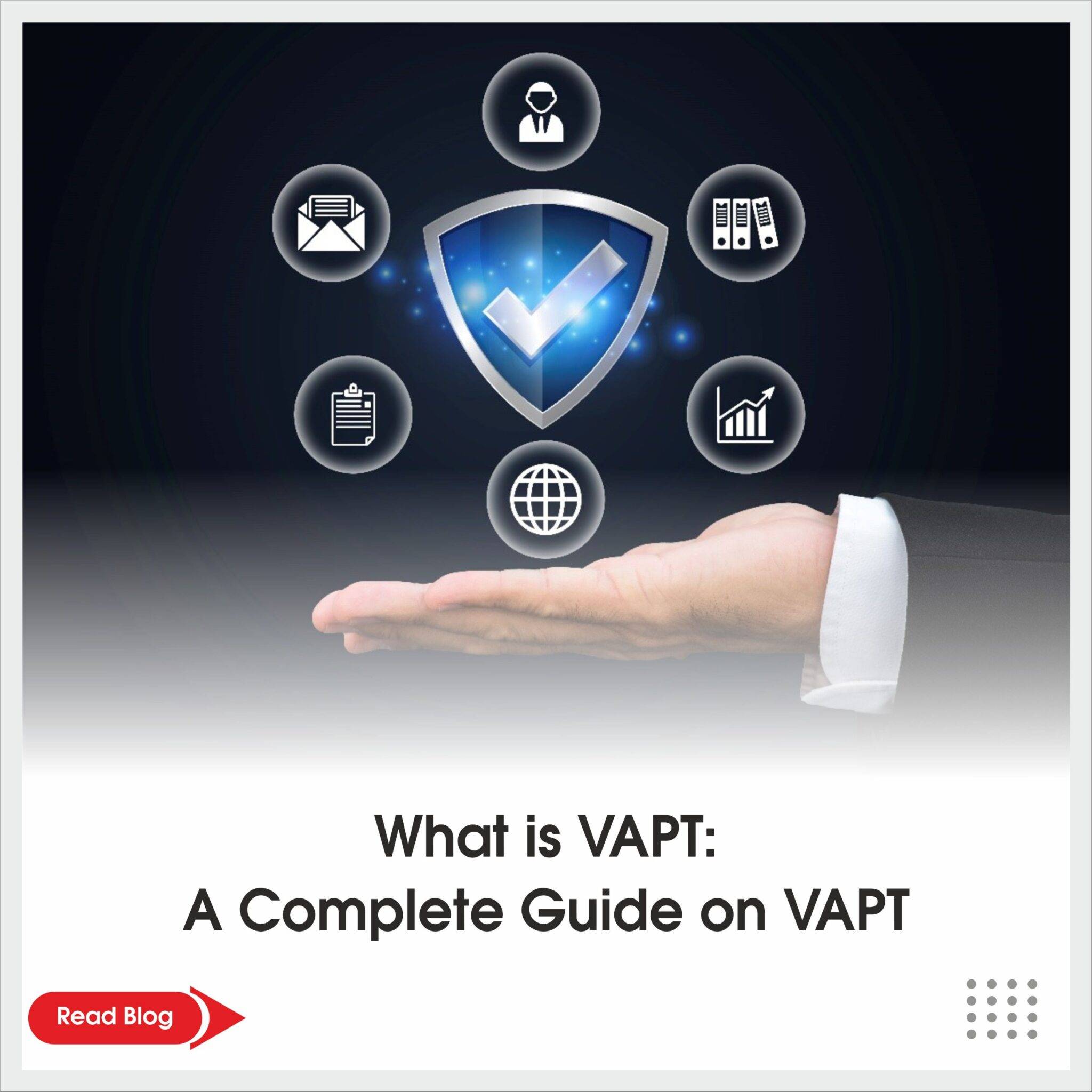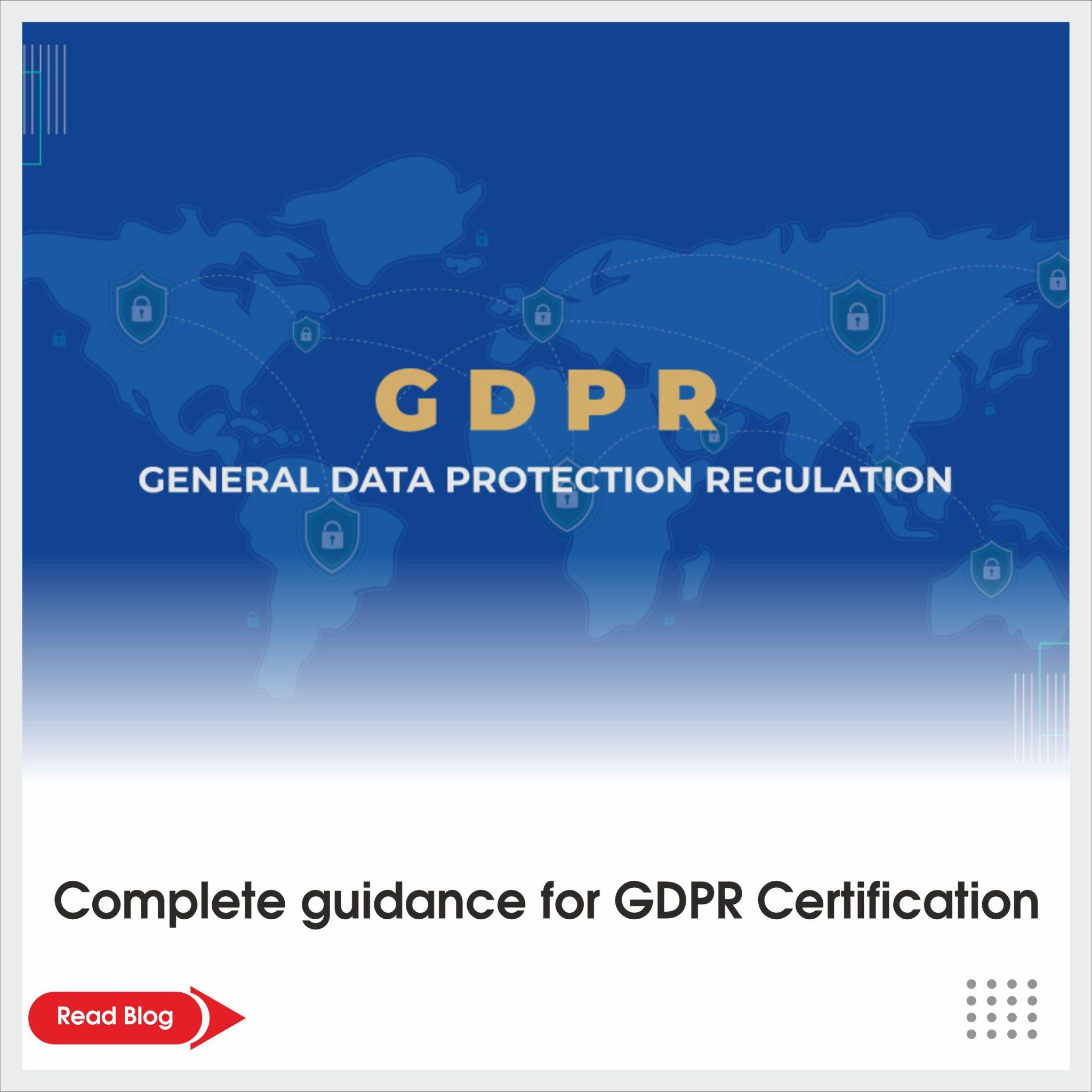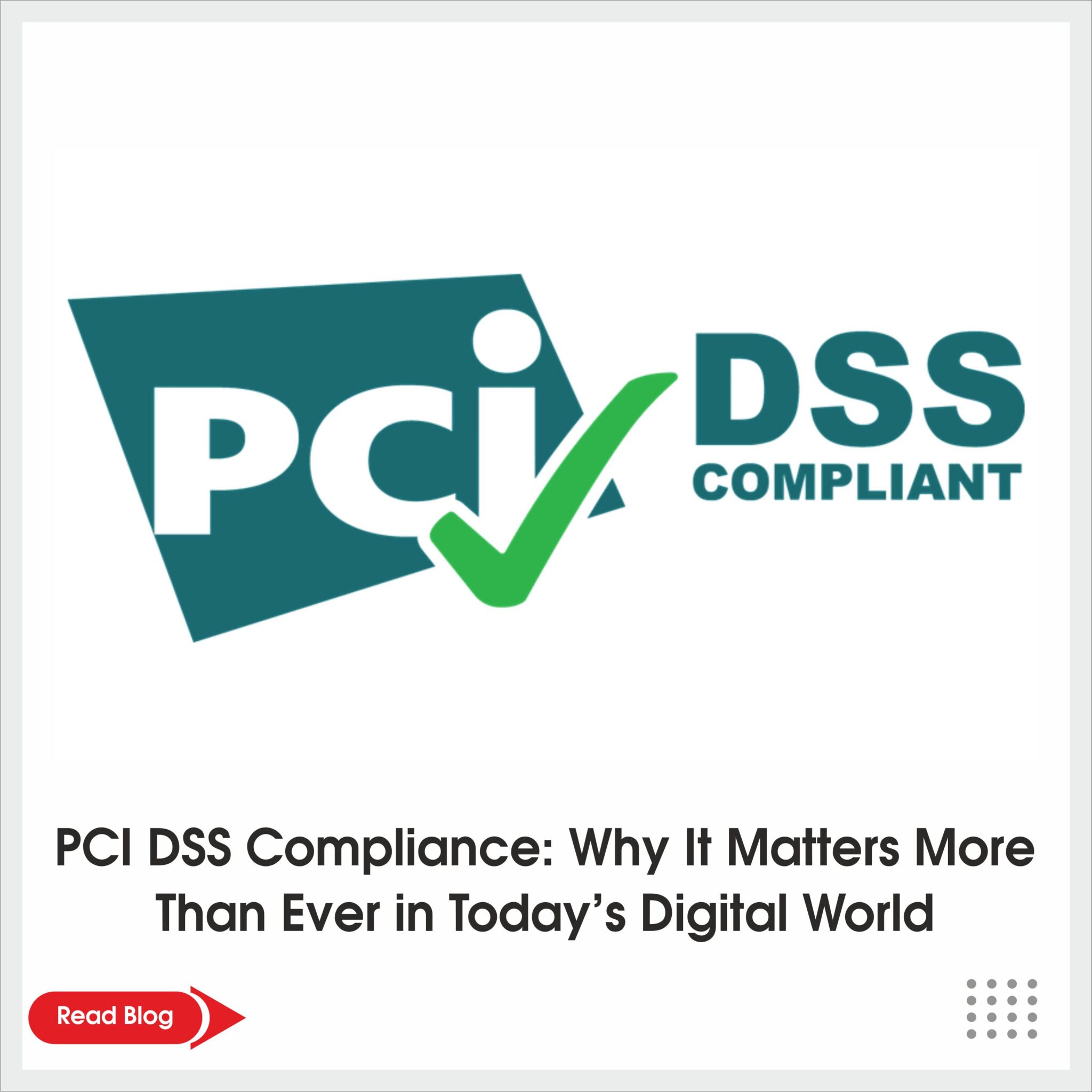
What is VAPT: A Complete Guide on VAPT
Introduction: Understanding What is VAPT and its Significance in Cybersecurity Cybersecurity has emerged as a major problem for businesses in
ISO 14001, also known as (EMS) Environmental Management System. It establishes the standards and framework for an effective environmental management system. ISO 14001 Environmental Management System integrates environment management practices with ISO 14001 standards. It is a generic standard that applies to most industries regardless of size, nature, and geographical location.
It is an internationally accredited standard that enables to enhancement of environmental performance through using resources efficiently and reducing wastage. The environment management system mainly focuses on the resources and meeting the commitments documented in the organization’s policies.
This standard is globally accredited, and its implementation helps organizations add credibility by demonstrating their commitment to environmental protection. It helps in increasing the trust of the customers and stakeholders and promotes sustainable development. It includes reducing the negative environmental impacts of products, services, and activities.
ISO 14001 was developed by the International Organisation for Standardisation. It was first released in 1996 and then updated in 2004. The latest version of ISO 14001, also known as ISO 14001:2015, was released in September 2015.
ISO 14001. ISO 14001:2015 has significantly changed the Environment Management system (EMS). A continual improvement survey is conducted to understand the needs of the current, past, and potential users.
It focuses more on standards and facilitates integration with other ISO standards. It provides a competitive advantage and helps to gain the trust of the entities
It defines the requirements of the organization and guides the implementation of an effective environmental management system. This Certification offers to improve the organization’s environmental performance.
An effective Environmental management system clearly defines the policies and procedures. There are six core elements in an Environment Management System, it includes:
The organization should maintain and follow the procedures that are part of the organization’s environmental objectives. Legal requirements are regulations related to local, national, and international laws.
ISO 14001 is a legal requirement, as well as an own voluntary environmental obligation. Let’s have a look at all the legal requirements for ISO 14001.
ISO 14001 Environmental Management System designs the critical requirements to enforce an effective Environmental Management System. ISO 14001 is not a technical standard and does not replace any legal regulations.
These requirements are divided into ten different sections (Section 1 to Section 10) and work on Plan-Do-Check-Act (PDCA) approach.
It is necessary to understand all the sections.
It marks the Scope of the Environmental management system. It should meet the organization's environmental policies and strives to improve the industry's environmental performance.
In ISO 14001, there is no normative clause.
This clause explains all the terms and definitions related to these four categories: • Organization and leadership • Planning • Support and Operation • Performance Evaluation and Improvement
It deals with identifying all the factors that affect the industry and understanding the requirements of the business. These aspects broadly depend on the size and nature of the organization. This clause aims to find internal and external factors that affect the industry and enforce best practices for an effective environmental management system.
It deals with allocating the roles and responsibilities within the organization for an adequate environmental management system. It illustrates the importance of top-level management in executing and improving EMS.
It focuses on examining any risk and opportunity that can impact the industry and formulates strategies to mitigate the risk and reap opportunities. It also analyses the industry's interaction with the environment and compliance with legal obligations to establish an effective Environmental management system.
It addresses the needs and requirements of the management for an effective Environmental system. It promotes the flow of information, documentation, and policies to ensure all the employees are well aware of the organization's objectives.
This Section is related to Section 6 (Planning), which states that the organization should evaluate all the activities hindering the organization's manufacturing and services. The organization must formulate policies to meet the operational requirement for environmental control and deal with a potential emergency.
It is crucial to ensure that the organization's environmental management system is adequate and efficient. It involves monitoring and measuring the organization's current practices and identifying the areas for advancement.
It ensures the effectiveness of the environmental management system and commits to enhancing required process areas to establish an environmental management system.
It is essential to implement the ISO 14001 standards effectively. It includes:
The cost of the ISO 14001 Environment Management System depends on various factors. These factors are:

Introduction: Understanding What is VAPT and its Significance in Cybersecurity Cybersecurity has emerged as a major problem for businesses in

General Data Protection Regulation (GDPR) certification helps businesses, meaning they protect European citizens from data loss due to cyber-attacks, terrorism,

The Payment Card Industry (PCI) Data Security Standard (DSS) is an information security standard designed to improve cardholder data security
© 2023 SIS CERTIFICATIONS PVT. LTD. – ALL RIGHTS RESERVED.